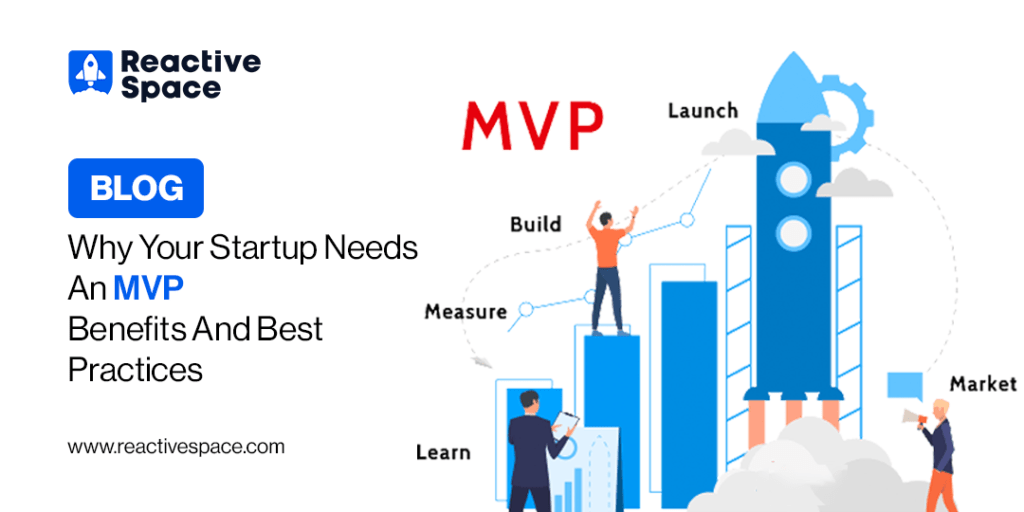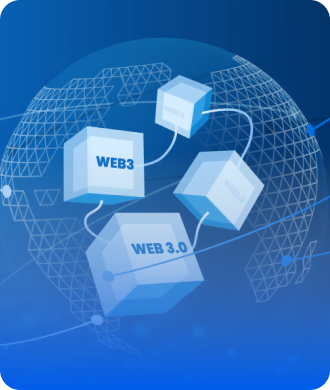
In today’s fast-paced and competitive business landscape, startups face numerous challenges, from limited resources to uncertain market demands. One strategy that has gained significant traction in recent years is the development of a Minimum Viable Product (MVP).
In this article, we will delve into the world of MVPs, exploring their importance and the best practices for successful MVP development. If you’re wondering whether your startup needs an MVP, read on to discover why this approach can set you on the path to success.
Understanding the MVP: A Foundation for Success
What is an MVP?
Before we dive into the benefits and best practices, let’s define what an MVP is.
An MVP, which stands for Minimum Viable Product, is the most basic version of a product that can be released to the market while still delivering value to early adopters. It’s essentially a prototype that allows startups to test their ideas, gain valuable feedback, and make informed decisions about further development.
Benefits of an MVP
1. Reduced Risk
Launching a full-scale product without validation can be a costly mistake for startups. By starting with an MVP, you minimize the risk of investing time and resources into a product that may not resonate with your target audience. Instead, you get to test the waters and adjust your course as needed.
2. Faster Time to Market
Time is of the essence, for startups. MVPs allow you to get your product in front of customers more quickly, which can be crucial for gaining a competitive edge in your industry.
3. Customer-Centric Development
MVP development encourages a customer-centric approach. It lets you gather valuable insights and feedback from early users, helping you tailor your product to their needs and preferences. This not only improves the product but also builds customer loyalty.
4. Cost-Effective
Startups often operate with limited budgets. MVPs are a cost-effective way to test your business concept and determine if it’s worth further investment. You can cut unnecessary features and focus on what truly matters to your users.
5. Iterative Improvement
With an MVP, the development process doesn’t stop at the initial release. You can continually iterate and enhance your product based on user feedback, ensuring that it stays relevant and competitive.
Best Practices for MVP Development
1. Clearly Define Your Goal
Before you start developing your MVP, it’s essential to have a clear goal in mind. What problem is your product solving? Who is your target audience? Defining these aspects will guide your development process and help you avoid unnecessary features.
2. Identify Key Features
While an MVP is stripped down to its core functionality, it should still offer value to users. Identify the key features that must be included in your MVP to address the pain points of your target audience effectively.
3. Build a User-Centered Design
User experience is paramount. Design your MVP with an intuitive and user-friendly interface. A great user experience can make or break your product’s success.
4. Test and Collect Feedback
The essence of an MVP lies in its ability to collect feedback from real users. Be prepared to listen to their suggestions and concerns, and use this information to refine your product.
5. Continuously Iterate
An MVP is just the beginning. Continuously iterate on your product, adding features and improvements based on user feedback and market changes. This ensures your product remains competitive and adaptable.
In conclusion, an MVP, or Minimum Viable Product, is a powerful tool for startups looking to thrive in a competitive marketplace. It reduces risk, accelerates time to market, and fosters a customer-centric approach to product development. By following the best practices outlined above, you can create an MVP that not only meets your users’ needs but also sets your startup on a path to success.



